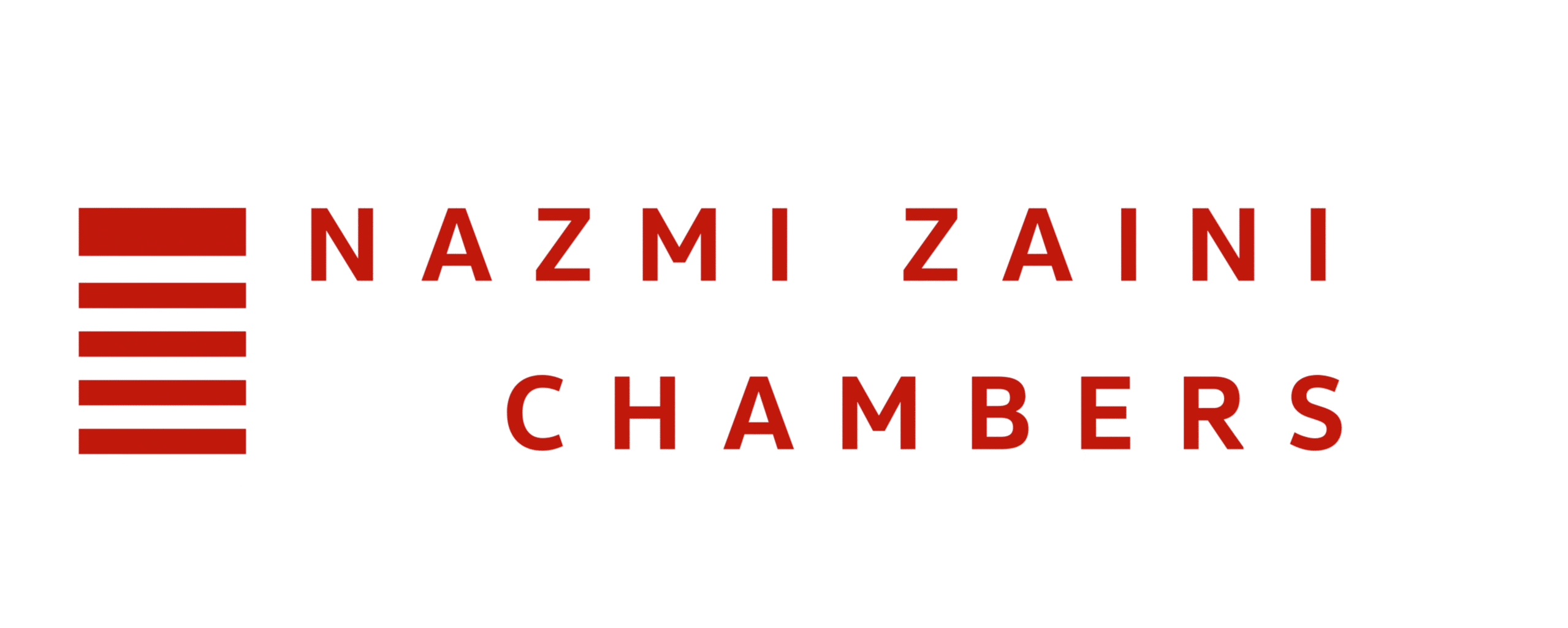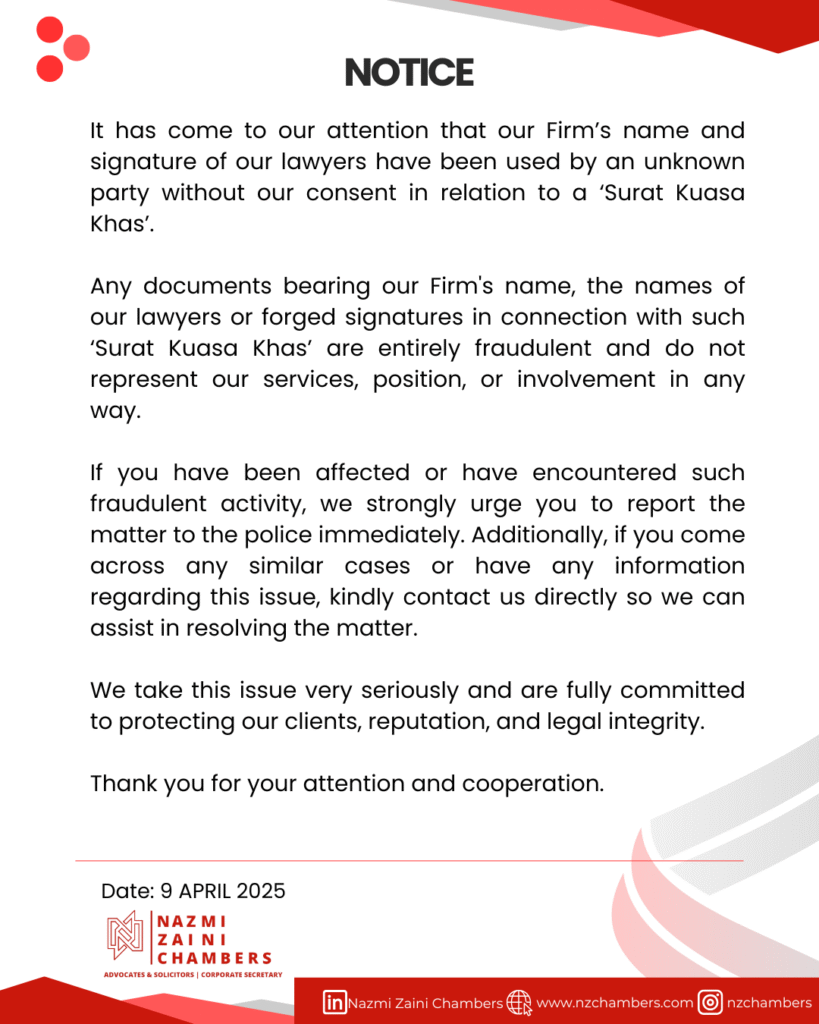Restitution: The Remedy to Unjust Enrichment
According to Goff & Jones (2011) the law of unjust enrichment is concerned with the transfers of value between claimants and defendants. It is a cause of action to which a third category of remedy, i.e., the restitution remedy is available for the recovery of benefits unjustly gained by a defendant at the expense of the claimant.
The English common law recognised a claim for restitution as a remedy for unjust enrichment in the House of Lord’s decision in Fibrosa Spolka Akcyjna v Fairbairn Lawson Combe Barbour Limited [1943] AC 32.
Restitution is essentially the relinquishment of benefits, or the return of money or other properties obtained through improper means (via inter alia an act of unjust enrichment). It is part and parcel of equity and natural justice – that a party who unjustly enrich themselves with benefits via improper means is under an obligation, from the ties of natural justice, to return the benefits.
This paper seeks to give a brief overview of the law of restitution in Malaysia and the recent case of Re Citibank August 11, 2020 Wire Transfer case which successfully relied on Discharge for Value as a defence.
The Law of Restitution
The law of restitution for unjust enrichment in Malaysia is not expressly defined or provided for under a particular legislation, but impliedly under the common law and the Contracts Act 1950, i.e., Section 71 of the Contracts Act 1950 reproduced as follows: –
“Where a person lawfully does anything for another person, or delivers anything to him, not intending to do so gratuitously, and such other person enjoys the benefit thereof, the latter is bound to make compensation to the former in respect of, or to restore, the thing so done or delivered.”
One of the leading authorities on the law on restitution for unjust enrichment in Malaysia is the Federal Court case of Dream Property Sdn Bhd v Atlas Housing Sdn Bhd [2015] 2 MLJ 441. In the case, the Federal Court expressly recognised the right to restitution as a remedy in an action of unjust enrichment. The Federal Court also set down the test for a cause of action in unjust enrichment to give rise to a right to restitution as follows: –
- the plaintiff must have been enriched;
- the enrichment must be gained at the defendant’s expense;
- that the retention of the benefit by the plaintiff was unjust; and
- there must be no defence available to extinguish or reduce the plaintiff’s liability to make restitution.
In the case of Dream Property, the defendant has not only suffered a loss, but the plaintiff has also been made richer. The crux of the case is that the defendant has lawfully constructed the mall which the plaintiff could enjoy and benefit from. It is unjust and does not make business common sense for the defendant to do the works required for the construction of the mall at their own costs, efforts and experience, gratuitously. Therefore, the Federal Court held that the defendant is not precluded from being awarded restitution.
One of the requirements to satisfy before one has the right to restitution is to show that there must be no defence available to extinguish or reduce the plaintiff’s liability to make restitution. Some of the defences available in this regard are estoppel, good faith and change of position.
Discharge for Value
Further to the above, it is noted that the United States, specifically New York recognises an additional defence known as ‘Discharge for Value’ which is similar to the defence of good faith. The defendant in the recent case of Re Citibank August 11, 2020 Wire Transfer case successfully relied on Discharge for Value as a defence.
The case of Re Citibank involves Citibank which was acting as an administrative agent for a syndicated term loan taken out by Revlon, Inc. Revlon Inc. intended to wire $7.8 million in interest payments to their lenders and a request for the wire transfer was made. Unfortunately, Citibank made a mistake where 2 wire transfers were made to Revlon Inc.’s lenders, i.e., the 1st wire transfer for a sum of $7.8 million and the 2nd wire transfer for a sum of $900 million. Citibank initiated the action to claw back the additional sum of $900 million mistakenly paid to Revlon Inc.’s lenders.
The Court held that the defence (Discharge for Value defence) relieves the recipient of a mistaken payment from the duty to make restitution if the payment discharges a valid debt owed to the recipient, the recipient made no misrepresentation which induced the payment and the recipient did not have notice of the payer’s mistake. On the facts of the case, the Judge found that Revlon Inc.’s lenders had provided credible evidence that they reasonably believed the payments to be intentional prepayments to the original term loan to Revlon Inc. Therefore, they had a full defence to Citibank’s claim for restitution.

Conclusion
Based on the foregoing, we are of the considered view that the non-exhaustive list of defences available to extinguish or reduce the plaintiff’s liability to make restitution is still open to be explored. The Malaysian courts may not be bound by the case of Re Citibank August 11, 2020 Wire Transfer case, but we are of the view that it provides an opportunity to expand the law of restitution in Malaysia.






